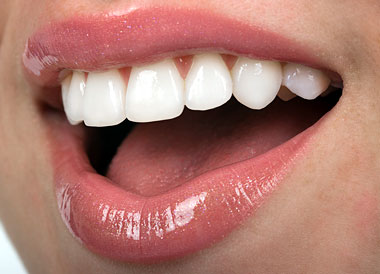Unlike dental crowns, porcelain veneers are thin shells made of porcelain material these are attached only to the front part of the tooth. Veneers or half-crowns are usually done on the anterior teeth.
Procedure
A small amount of tooth enamel superficial layer of tooth – approximately half to 1 mm is reduced from the outer layer of the tooth. Impressions are then taken and then sent to the dental laboratory. Patients are provided with temporary veneers until the permanent ones are ready.
The laboratory then creates a thin layer of porcelain that is bonded onto the teeth using dental resins. Two or three weeks later, the permanent veneers are fabricated to match the colour of the patient’s teeth and their smile. The dentist etches the front of the tooth to create a suitable surface for the veneers. Finally, the veneers are cemented into place with a dental bonding agent
Porcelain material adds a high aesthetic value and are technique sensitive and hence are higher in cost. Patients can share their preferences with their dentist on if they want short or elongated teeth in comparison to the original natural teeth.
Who should not opt for veneers
- Patients with poor oral hygiene and those who are not motivated enough to take care of their veneers.
- If you are a bruxer, that is if you grind or clench your teeth consciously or unconsciously in sleep or while awake and you do not wear a mouth guard.
- People with bite problems: when all the teeth are not in harmony or a proper intercuspation with each other.
Precautions to take after insertion of veneers
- Avoid abrasive toothpastes and foodstuffs: Avoid toothpastes that include baking soda or charcoal. Such toothpastes may scrub and remove surface stain initially, but eventually they will leave your veneers looking dull. Be careful of chewing gums that have abrasives that can have an abrading effect on porcelain veneers and natural tooth too.
- Wear a nightguard: It will protect the porcelain from chipping or fracturing while you sleep. Even if you think you don’t grind or clench, it’s a good safety precaution.
- Beware of what you put in your mouth: Your veneers can chip, or crack in the worse cases, if you try to break or place hard objects in your mouth. This includes objects like pen caps, clips, carrots, chewing ice, and more.
- Visit your dentist twice yearly: let the doctor have a look at your veneers and point out at problems if any.
